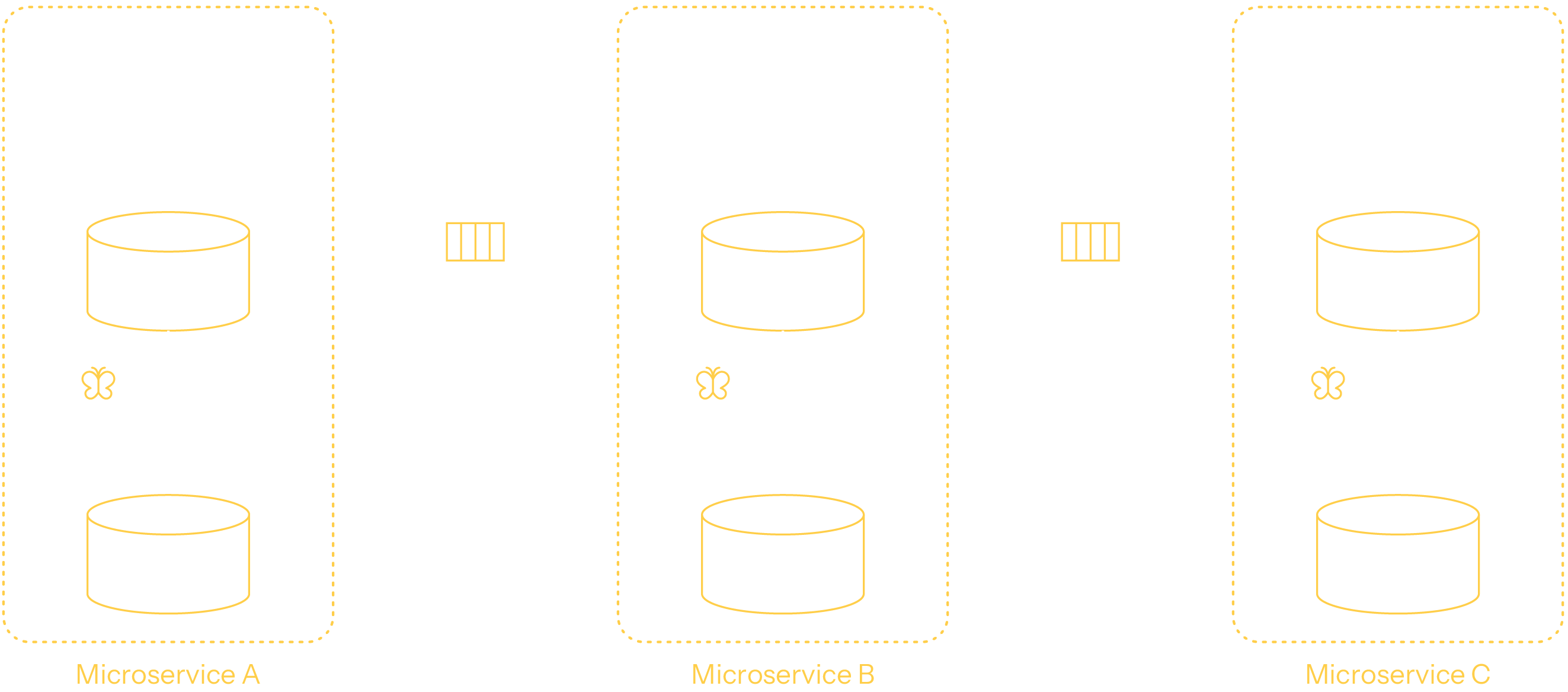Transactional apps
Embed in-memory databases
Overview
Transactional apps, sometimes called CRUD apps, are business processes requiring operational, real-time data access. These applications embody critical business functions by performing create, read, update, or delete operations on persistent data with transactionally-safe properties: atomicity, consistency, isolation, and durability (ACID). While transactional apps can be straightforward for small-scale operations, they face significant challenges in maintaining data accuracy and reliability in high-volume, multi-user environments.

What is a transactional app?
Transactional apps are designed to manage and process complex data operations while maintaining strict consistency and reliability. They ensure that multiple related database actions are executed as a single, indivisible unit of work, known as a transaction.
At their core, transactional apps handle concurrent user requests, maintain data integrity across distributed systems, and support horizontal scalability to meet growing demands. They employ sophisticated mechanisms like locking, isolation levels, and distributed consensus algorithms to guarantee that data remains accurate and consistent despite system failures or conflicting operations.
Key properties of transactional apps
Transactional apps depend on robust mechanisms and design principles to operate effectively in complex, distributed environments.
ACID compliance
Adhere to ACID principles (Atomicity, Consistency, Isolation, Durability) to guarantee data integrity and reliability across all operations.
Concurrency control
Manage multiple simultaneous transactions without data conflicts, using techniques like locking and isolation levels to maintain consistency.
Scalability
Are designed to handle increasing volumes of transactions efficiently, often employing distributed architectures for horizontal scalability.
Fault tolerance
Implement mechanisms to recover from failures, including rolling back incomplete transactions and maintaining system consistency in error scenarios.
Performance optimization
Utilize various techniques such as connection pooling, query optimization, and caching to maximize throughput and minimize latency.
Distributed data consistency
Maintain data consistency across geographically distributed nodes, often using distributed consensus algorithms and two-phase commit protocols.
How Akka enables transactional apps
Akka provides a platform for developing distributed, scalable transactional applications. It implements a component-based model where each application utilizes an in-memory database, treating the application as the authoritative data source. This architecture integrates transactional data and logic, mitigating data coherence issues. Akka supports event sourcing and key value entities for state management and recovery, enables horizontal scaling through multiple instances, and implements automatic data sharding. Its design facilitates data replication and convergence across distributed environments, ensuring consistency in complex, high-throughput scenarios.
High throughput & CQRS
Akka's architecture enables transactional applications to surpass single-database performance limits. It decoupled read/write operations allow independent scaling. Akka accelerates distributed transactions through high-performance workflows and sagas, while brokerless messaging and active-active replication optimize scalability in distributed environments.
Strong consistency
Akka ensures strong consistency in transactional applications through atomic persistence of state changes in write optimized storage. This approach guarantees that every data modification is strongly consistent and recoverable, even in distributed environments. By leveraging this persistence model, Akka maintains data integrity across nodes and regions, enabling reliable transactional operations despite potential network issues or system failures.
Resilient distributed transactions
Akka handles distributed transactions with persistence for integrity and recoverability. Its supervision and failure detection maintain system stability during node failures or network issues.
Performance oriented data models
Akka optimizes performance through efficient write models: key-value and event sourcing, and CQRS read/write decoupling. Its in-memory capabilities enable ultra-fast data processing and state management, significantly reducing latency and enhancing throughput.

